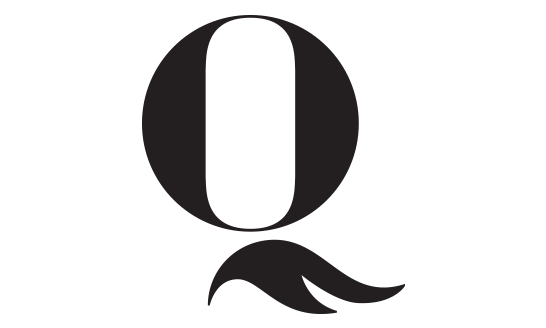Blog
Welcome

This is the blog for professional photographers, and those who aspire to be. Our aim is to help professional photographers build long-term, sustainable careers.
Recent posts
Hi all
What an awesome privilege it's been to work with Queensberry to develop their Plug-in for Aperture 3! As a true blue Apple fanboy it's been a really exciting project to work on.
When Apple came knocking we jumped at a chance to partner with them, but we've since had a few clients ask questions like:
- What's the difference between Aperture 3 and Photojunction?
- Why would you create a plug-in for Aperture when you already make Photojunction?
...And my personal favourite:
- Does this mean Photojunction is dead!?
We think your decision will ultimately be based on personal preference and "what you're used too". If you already know Aperture and only want to order digital albums, then it's probably the perfect solution for you.
But there are some clear differences between Aperture and Photojunction which we wanted to explain, so here is a brief summary:
Aperture is great for designing un-matted "flushmount" albums. And for the sake of our pride and credibility please allow us to say that Photojunction is too! But ... there are lots of alternatives: if you insist you could even choose something else entirely.
Aperture isn't for matted albums ... unless you compromise and restrict yourself to pre-designed templates. Queensberry clients have been free-designing for well over a decade so that's not an option for us. Still, others may be happy with preset templates. Anyway it's academic: as far as I know there are no matted Aperture templates available at least for now.
First, Aperture is Mac only while Photojunction is cross-platform. That means a lot of pro photographers who can't use Aperture can use PJ - which is important to album vendors like QBY who depend on tightly integrated design and ordering tools that all their customers can use.
Like Photojunction, Aperture is an end-to-end application. You can design your page layouts, output your print files and upload them to the maker without needing anything else other than your web browser. Queensberry likes that. It means they know your print files will be the right dimensions, they'll be correctly specified and they'll be sent to the right server, hopefully with all the necessary information required to make the book.
Aperture is primarily photo editing and management software. Take a look at the ongoing debates on forums like DWF and you'll see what I mean. Aperture's "sharing tools", like book design and slideshows, are really add-ons. Comparatively speaking they hardly get a mention. Some Aperture users, like it or not, will choose other software for those purposes.
On the other hand Photojunction isn't really for editing images at all. It's primarily about album design, with some pretty cool sorting, selling and slideshow tools as a bonus. That doesn't mean you can't edit your images if you use Photojunction: it integrates closely with your image editor so that you can edit your images and page layouts while you're working in PJ. In practice most people use PJ and Photoshop in tandem.
Photographer's workflows vary greatly but in a Photojunction workflow Aperture would generally be "upstream" of PJ. In other words you'd do your image editing in Aperture, export JPGs, TIFs or PSDs and then design your albums in PJ with those. You could sort images either in Photojunction or Aperture, as you prefer. (You could also substitute Lightroom for Aperture in this paragraph if you prefer.)
Aperture album layouts are exported as PDFs. That means in Photoshop terms they're flattened files. Basically you'd do all your image manipulation in Aperture, then generate the PDFs for your album and upload them to make the book. That's how the Queensberry plug-in for Aperture works.
To use Queensberry's words, that's a print-ready service. Once the PDF is created it can't be meaningfully colour-corrected or edited as there are no individual layers to work with. At Queensberry we'd just take your Aperture PDFs and print them as received.
But Queensberry also offers a "Full Colour Service" where they colour correct album layouts for their clients. That requires layered PSD files, which Aperture doesn't generate. Instead you'd need to create your album design in Photojunction, export the layouts as PSDs and send them to QBY for correction, printing and binding.
Finally Photojunction comes with a lot of built-in presets for both labs and album manufacturers (especially Queensberry). Not very sexy but very practical.
As you can see, when it comes to Aperture versus Photojunction it's not just about personal preference. It's a question of deciding what type of album you want to order, what work you want to do yourself and what you want to pass on to the vendor.
We think both are great solutions depending on your needs, and acknowledge the final choice is yours. I hope that helps. Let us know what you think!
Cheers, Danny
Apple is a trademark of Apple Inc., registered in the U.S. and other countries. Aperture is a trademark of Apple Inc.



Email: info@queensberry.com
Free Phone Numbers:
New Zealand: 0800 905 905
Australia: 1800 146 251
USA: +18668350851
UK: 0800 808 5271
Canada: +1 855 581 0370